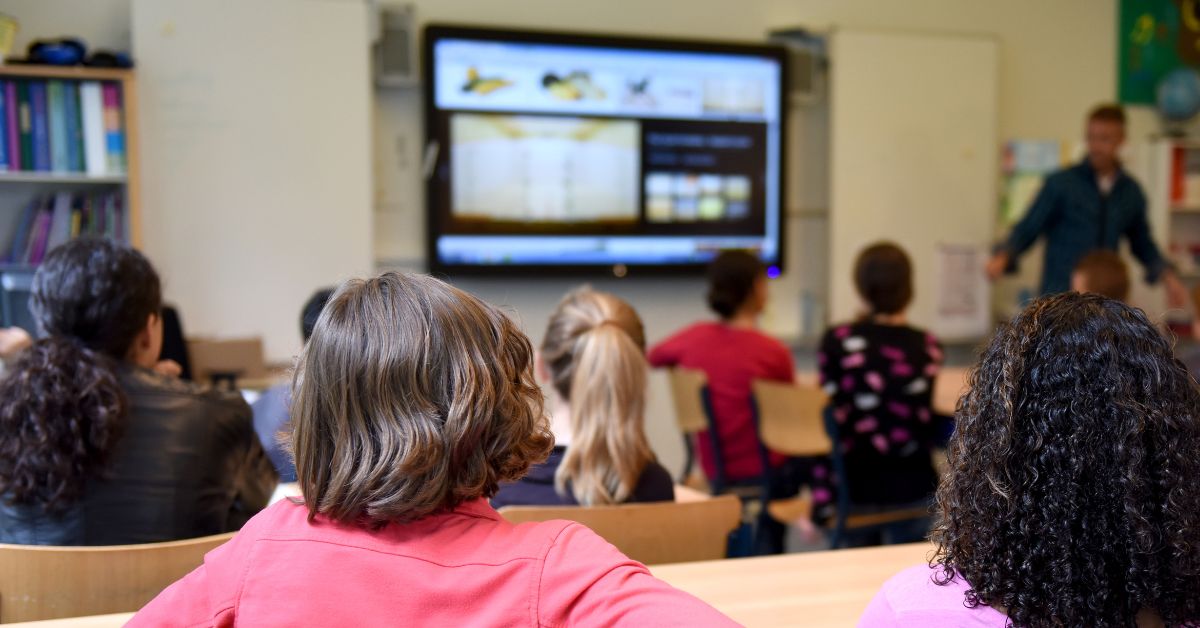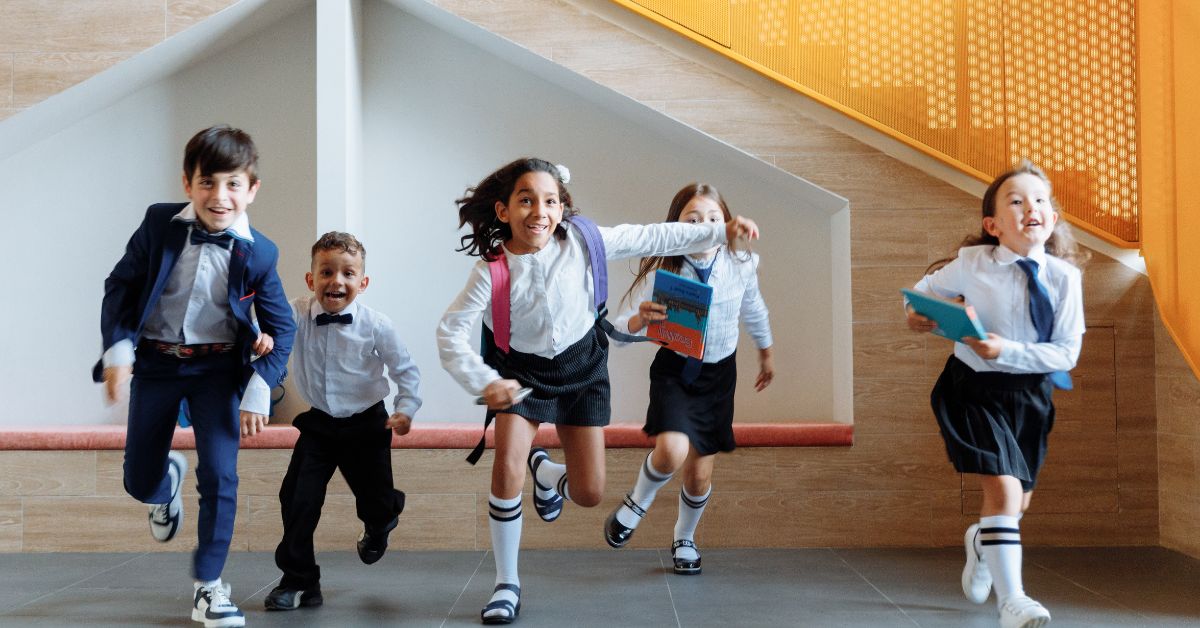You walk into class and no one’s sitting through a lecture. Instead, students are debating, building models, solving real-life problems, or coaching one another through tough questions. The teacher? Not lecturing at the front—but walking around, helping where needed.
No, it’s not chaos. It’s flipped learning—and it’s flipping everything we thought we knew about teaching.
So, What Is Flipped Learning?
Let’s simplify it.
Old way:
- Teacher lectures in class
- Students do homework after school
Flipped learning:
- Students watch lessons before class (via video, podcast, reading)
- Class time is used for applying, analyzing, discussing, creating
In essence, content delivery happens at home, and content engagement happens at school.
Why Are Schools Flipping the Script?
Because the traditional model wasn’t built for deep learning.
In the flipped model:
- Lectures are rewindable – students can pause, replay, and absorb at their pace
- Class becomes collaborative – no more passive note-taking, just active problem-solving
- Teachers become facilitators, not information dispensers
- Students come to class ready to dig deeper, not just to listen
It’s not just new—it’s better.
Real Classrooms. Real Impact.
Case Study: A High School in Austin, Texas
Before flipping: Only 52% of students passed Algebra II.
After flipping: 81% passed—and most said they felt more “in control” of their learning.
Middle School in Tokyo
English language learners started producing longer, more thoughtful responses in class once they had pre-viewed vocabulary and grammar lessons at home.
“Flipping the classroom doesn’t just change the order—it changes the mindset,” says Ms. Hannah Lin, a flipped-learning advocate.
But Wait—Isn’t That Just…Watching YouTube?
Not exactly.
Flipped learning isn’t about replacing teaching with tech—it’s about reimagining time. Here’s how smart schools are structuring it:
| At Home | In Class |
|---|---|
| Watch short lesson videos | Group discussions + Q&A |
| Read articles or notes | Work on projects or labs |
| Answer pre-class questions | Solve problems collaboratively |
| Reflect through video notes | Get personal help from the teacher |
Technology enables it, but intentional design is what makes it powerful.
Students Actually Love It (Yes, Really)
At first, some students are skeptical—more screen time? More responsibility?
But once they get the rhythm, many prefer it.
Why?
- No fear of asking “stupid” questions in class—they’ve already previewed the lesson
- More confidence walking into class—they know what’s coming
- More time for creativity, discussion, and real thinking
One student said: “Now class feels like a place where learning happens, not just listening.”
Teachers, Too, Are Seeing the Light
Teachers who embrace flipped learning often say they’ve never felt more connected to their students. They have more time to help, more insights into what students struggle with, and more joy watching students take ownership.
It’s not easier—but it’s more rewarding.
Is Flipped Learning for Everyone?
Not every subject, teacher, or school will flip the same way. Challenges include:
- Making or sourcing high-quality pre-class materials
- Ensuring students have access to devices and internet
- Training teachers to shift their approach
But schools that tackle these hurdles are often surprised at how quickly things change—and how much students benefit.
Final Take: The Flip That’s Worth It
Flipped learning isn’t just a trend. It’s a reimagining of what time, space, and energy should look like in modern education.
When students walk into class ready to think instead of ready to take notes, everything shifts.
Maybe the best part?
It teaches students not just what to learn—but how to learn.








